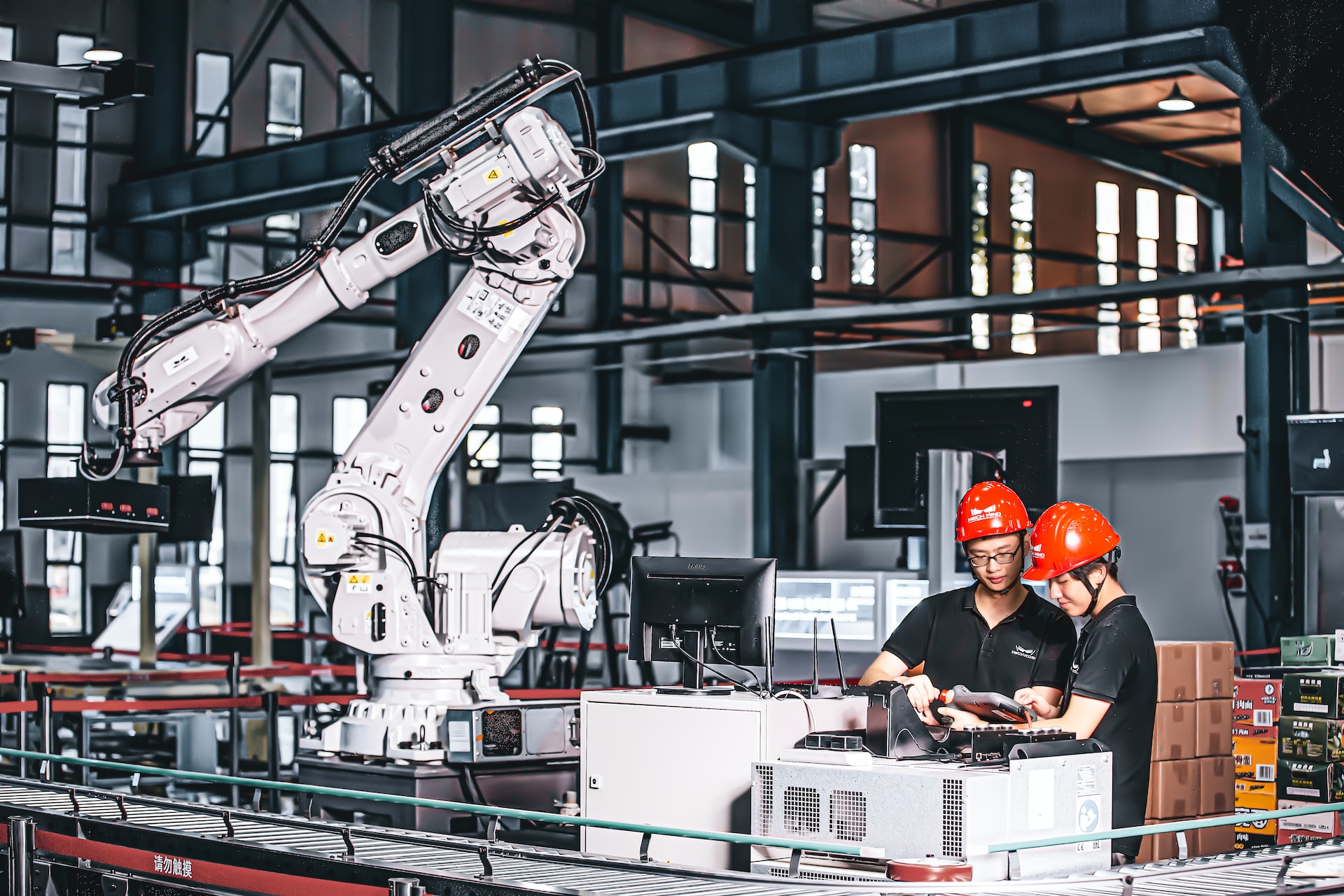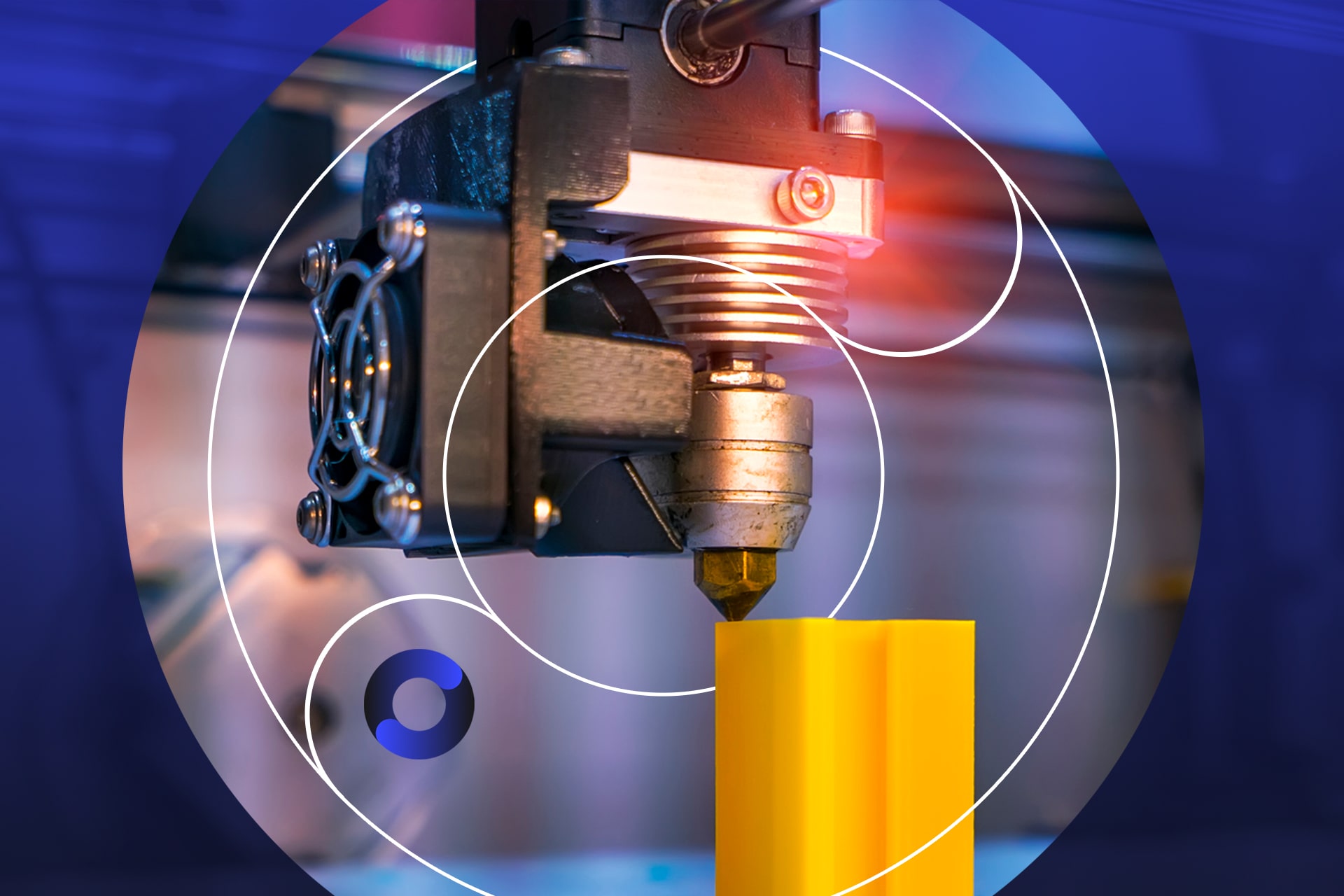



Revolutionized is reader-supported. When you buy through links on our site, we may earn an affiliate commision. Learn more here.
3D printing may have started as a tool for hobbyists, but it has quickly evolved into a technology that’s being adopted by nearly every industry. Construction is one sector that has begun to adopt 3D printing in some new and exciting ways. How will the introduction of 3D printing impact the construction industry in the future? How can companies use it today?
3D construction works in much the same way that traditional construction does, at least at the start. An engineer designs a new building in a computer-aided-design (CAD) program. Workers apply this 3D model to create blueprints and 3D models, which is where the construction process starts to change.
Instead of someone constructing each stage of the building from the ground up, a worker can use a 3D-generated model. He or she programs one or more printers that can put the building down in layers, ending up with a completed building. Once the framework is laid, electricians, plumbers and other infrastructure workers can come in and finish the construction in a fraction of the time.
3D printing isn’t just a good option for making construction faster and more efficient — it can also help to protect the environment. Construction is an inherently wasteful industry. The building process often involves chemicals that can easily leech off into stormwater, contaminating the local groundwater and damaging the ecosystem. More often than not, companies discard leftover building materials instead of recycling. What’s worse, some of the materials on site are dangerous. While we don’t use toxic chemicals like lead and asbestos anymore, coming into contact with fiberglass isn’t pleasant.
3D printing reduces some of these adverse environmental impacts. It decreases the amount of time spent on a jobsite, which lowers the project’s carbon footprint. Most construction 3D printers require electricity, so there are no direct emissions. Companies without on-site printers can fabricate building elements in a factory setting then transport and assemble buildings in a fraction of the time.
There’s also almost no waste with 3D construction. This process fabricates each piece precisely. There are no leftover corners or unused concrete pieces to disposed of.
While 3D construction is still relatively new, some companies have already started adopting this technology for their contracts. Many of the innovations in this field are coming out of Russia. Apis Cor, one Russian-based company, has developed a small 3D construction printer that can print an entire concrete house in 24 hours. The house can be set up in 30 minutes and is small enough that it’s easy to transport.
You aren’t restricted to small buildings and houses with 3D printing though. Another Russian company, AMT-SPETSAVIA, recently debuted a printer capable of fabricating skyscrapers. This massive printer has a relatively small footprint — 38 feet long by only 5 feet wide — but can print walls up to 50 feet high. This 3D printer doesn’t have a 50-foot tall limit. According to the manufacturer, the current maximum build height for the AMT-SPETSAVIA is 238 feet or roughly 18 stories.
We might not be printing the next Empire State Building anytime soon, but the technology is moving in the right direction.
How will this new technology impact the construction industry? That remains to be seen. It will likely reduce construction costs, which could potentially make new homes more accessible to the average consumer. Project planning will become a more streamlined process, and the construction industry as a whole will become greener and more eco-friendly.
On the other side of the coin, some industry professionals worry that this push toward 3D construction could adversely impact the construction workforce. Automation has hurt the workforce of many industries, from farming to manufacturing. While it makes the processes cleaner and more efficient, it can leave workers looking for new jobs.
The construction industry is projected to grow by 4.5 percent by 2020, which would typically mean new jobs, but if 3D construction takes off, the industry may continue to grow without the workers who have supported it for so long.
Whether you’re using 3D printing to build a plastic model or an entire house, you’ll see that the new technology has taken the world by storm. Many companies are already starting to adopt this printing tech for their projects, but it might be a while before we see the long-term impact of 3D construction.
Featured Image: 3DPrinthuset (Denmark) [CC BY-SA 4.0], via Wikimedia Commons
Revolutionized is reader-supported. When you buy through links on our site, we may earn an affiliate commision. Learn more here.


This site uses Akismet to reduce spam. Learn how your comment data is processed.